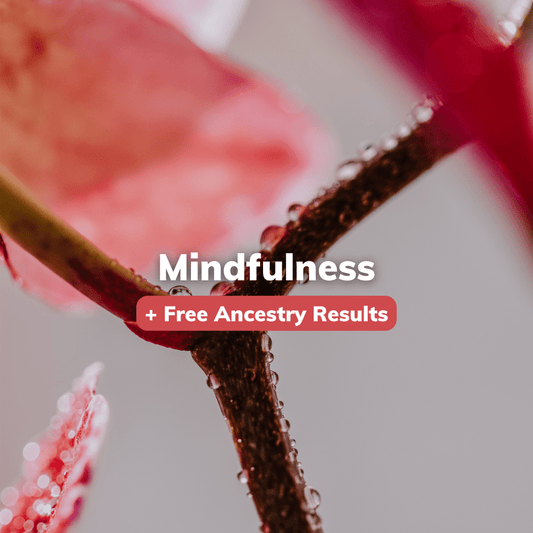
Eating and Appetite Disorders
BioCertica Content TeamEating and appetite disorders are a range of conditions characterized by abnormal eating habits that negatively affect physical and mental health. These disorders, which include Anorexia Nervosa, Bulimia Nervosa, Binge Eating Disorder, and others, can affect people of any age, gender, or background.
Anorexia Nervosa involves self-starvation and an intense fear of gaining weight, leading to severe weight loss and malnourishment. Bulimia Nervosa, on the other hand, involves cycles of binge eating followed by purging behaviors like vomiting or over-exercising. Binge Eating Disorder is characterized by frequent episodes of excessive eating without compensatory behaviors, often leading to obesity.
The causes of eating disorders are complex and often involve a mix of genetic, biological, behavioral, psychological, and social factors. Symptoms vary but can include significant fluctuations in weight, preoccupation with body weight, fear of gaining weight, and body dissatisfaction.
Treatment for eating disorders often involves a multidisciplinary approach, including medical, nutritional, and psychological therapies. Cognitive-behavioral therapy (CBT), family-based treatment, and medication (such as antidepressants) are common treatment methods.
Prevention strategies aimed at promoting a healthy body image and eating behaviors from an early age. This includes educational programs to foster self-esteem, resilience, and a healthy relationship with food.
Eating disorders, if left untreated, can lead to severe physical and mental health problems and can even be life-threatening. Therefore, early detection and appropriate treatment are crucial.
References:
- American Psychiatric Association. (2013). Diagnostic and statistical manual of mental disorders (DSM-5®). American Psychiatric Pub.
- Treasure, J., Claudino, A. M., & Zucker, N. (2010). Eating disorders. The Lancet, 375(9714), 583-593.
- American Psychiatric Association. (2013). Feeding and Eating Disorders. Diagnostic and Statistical Manual of Mental Disorders, 329-354.
- Treasure, J., & Schmidt, U. (2013). The cognitive-interpersonal maintenance model of anorexia nervosa revisited: a summary of the evidence for cognitive, socio-emotional and interpersonal predisposing and perpetuating factors. Journal of eating disorders, 1(1), 1-10.
- Wilson, G. T., Grilo, C. M., & Vitousek, K. M. (2007). Psychological treatment of eating disorders. American Psychologist, 62(3), 199.
- Hay, P., Chinn, D., Forbes, D., Madden, S., Newton, R., Sugenor, L., ... & Ward, W. (2014). Royal Australian and New Zealand College of Psychiatrists clinical practice guidelines for the treatment of eating disorders. Australian & New Zealand Journal of Psychiatry, 48(11), 977-1008.
- Stice, E., Shaw, H., & Marti, C. N. (2007). A meta-analytic review of eating disorder prevention programs: encouraging findings. Annual review of clinical psychology, 3, 207-231.



